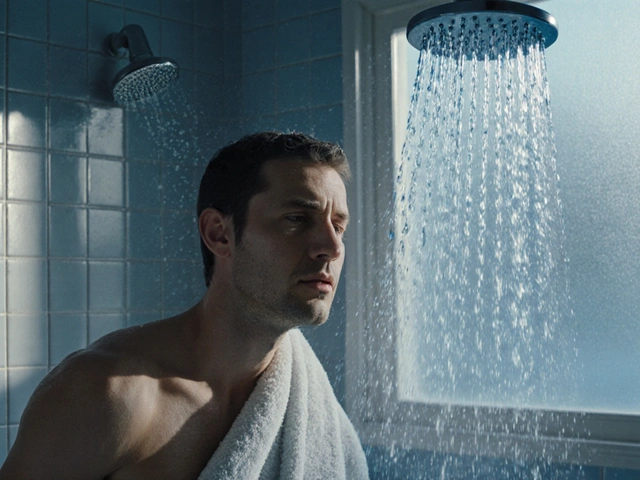If your oven starts acting up, you don’t have to toss it straight away. A few easy habits can add years to its life and save you money. Below are the most useful steps you can take today.
Food splatters and grease build‑up act like insulation, so the oven works harder and wears out faster. Wipe the interior with a damp cloth after each use and do a deeper clean every few months. Use a mild dish‑soap solution or a commercial oven cleaner, but avoid abrasive pads that can scratch the enamel.
Don’t forget the door gasket. A cracked or dirty seal lets hot air escape, forcing the heating element to run longer. Check it for tears and wipe it clean with a soft brush. If it’s warped, replace it – it’s a cheap part that makes a big difference.
Both electric and gas ovens rely on heating elements that can degrade over time. Look for dark spots, cracks, or a dim glow when the oven is on. If an element looks worn, swapping it out yourself can be a quick fix and prevent uneven cooking.
Most ovens have two elements – one at the top (broiler) and one at the bottom (bake). When one fails, the other often still works, so you can keep cooking while you order a replacement. Keep a basic screwdriver set and the correct element model on hand; many retailers sell them for under £30.
Beyond cleaning and elements, a few habits keep the whole system healthy. Always pre‑heat as recommended – under‑heating stresses the thermostat. Avoid slamming the door; the hinges can loosen and cause alignment problems.
When you hear strange noises, like buzzing or clicking, it usually points to a failing thermostat or a loose wire. Turn off the oven, unplug it, and give the interior a quick visual check. Tighten any loose screws and make sure the wiring isn’t burnt. If you’re uncertain, it’s safer to call a professional – a quick service call can stop a small issue from becoming a big repair bill.
Finally, keep the oven level. An uneven oven can cause heat to pool in one spot, wearing the heating element unevenly. Use a spirit level on the oven frame; adjust the feet if needed.
By following these simple steps – regular cleaning, gasket care, element checks, and basic troubleshooting – you’ll squeeze many extra years out of your oven. You’ll enjoy consistent cooking results, lower energy bills, and fewer surprise breakdowns. And when a real problem pops up, you’ll know exactly what to look for, making any professional visit quicker and cheaper.

Wondering if your oven can hit the 20-year mark? This article digs into what really decides how long an electric oven lasts, from the make to how you treat it. Get real tips to keep yours running strong, spot early signs of trouble, and find out when repair is smarter than replacement. No fluff—just straight answers for anyone looking to save money and avoid surprise oven breakdowns. This is your guide to squeezing every last year out of your electric oven.

Is your heat pump running but not cooling your home? Learn the real causes, expert troubleshooting tips, and practical solutions to get your comfort back.

Ovens are essential in any kitchen, but they can sometimes act up. Whether it's uneven cooking, a door that won't close, or strange noises, there's usually a straightforward explanation—and solution. This article delves into typical oven issues, offers handy tips to troubleshoot them, and suggests when it's time to call a professional. Knowing these basics can help keep your oven running smoothly.

Find out why your hot water vanished, walk through quick DIY checks, learn simple fixes, and know when to call a professional for reliable heat restoration.

Extractor fans are a lifesaver when it comes to clearing out steam, smoke, and nasty odors, but many people forget they actually need a little love now and then. This article cracks open the question of whether extractor fans need maintenance, and if so, what kind and how often. We'll cover quick tips, warning signs, and busted myths around fan care. Get the straightforward facts (and a few surprises) about keeping your fan working its best. No nonsense, just super practical info you can use right now.

Figuring out if your microwave is on its last legs can save you a lot of hassle. There are various signs that might indicate it's time for a fix or a replacement. Understanding these symptoms can help maintain your kitchen's efficiency. Here’s what you need to watch for: strange noises, inconsistent heating, and more. Catch these early, and you might avoid a total breakdown.